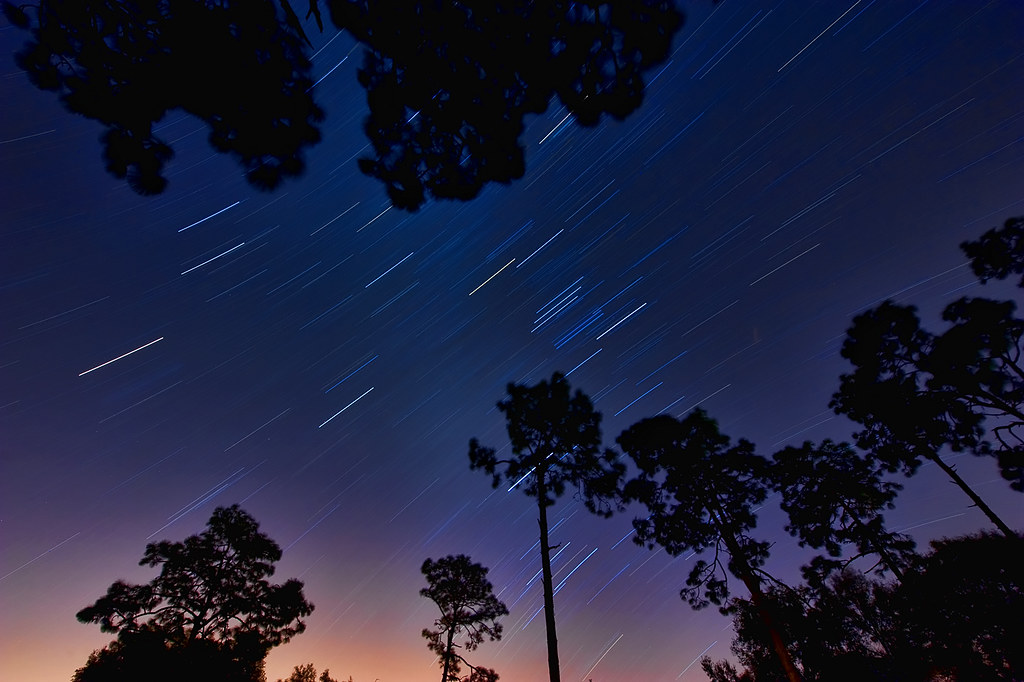Okay, been a while since I embedded an image from offsite, but I wanted to play with this expando thing even if it's not entirely appropriate for this particular image.
Taken in Northern Minnesota, in the Boundary Waters Canoe Area Wilderness. ; Even that far away, under skies that should be very, very dark, I was still not safe from light pollution. ; But it was dark enough to do this. ; If I'd had some sort of tracking mount, or even the popular crude substitute, the barn door tracker (a popular easy to build mount that will allow you to compensate for the Earth's rotation for limited lengths of time), I could have gotten more. ; Note the satellite track near the lower right corner.
11mm F2.8 25 seconds
http://www.flickr.com/photos/33201257@N00/4364278722/#
[expando]http://farm5.static.flickr.com/4067/4364278722_c3f20ba1e7_o.jpg[/expando]
Just to sorta prove my point.. the available light images guide suggests using a rule of thumb of dividing 500 by your focal length to get the maximum time the shutter can be open in seconds, as a conservative version of the 600 rule. ; It still didn't work, I can see elongation of the stars, they're starting to blur if I look at it full resolution even though I'm clear of the 500 rule. ; At this res.. maybe you can see it a little bit.
There's a trick I've since learned where I could have illuminated the tree for a brief period of time with a flashlight so that it was visible as more than just a silhouette. ; And now that I look at it I realize it looks upside down.. it's actually mostly straight up, but the wide angle made the tree look upside down.
I've joined my local astronomy club, they have a private dark sky site that I have access to now. ; I was there once last year, but it was so cloudy that I couldn't really see how much milky way detail I could get. ; I'll try again this year, once it warms up. ; It isn't likely to be this dark, though.






)